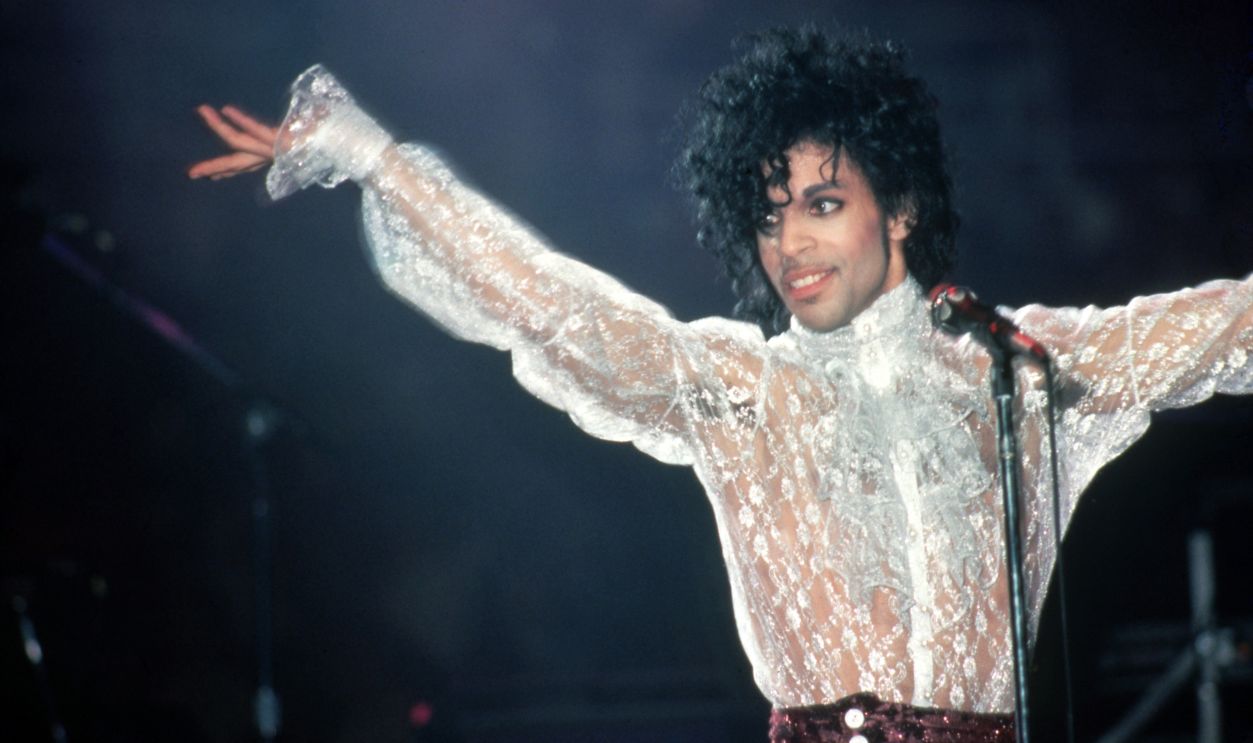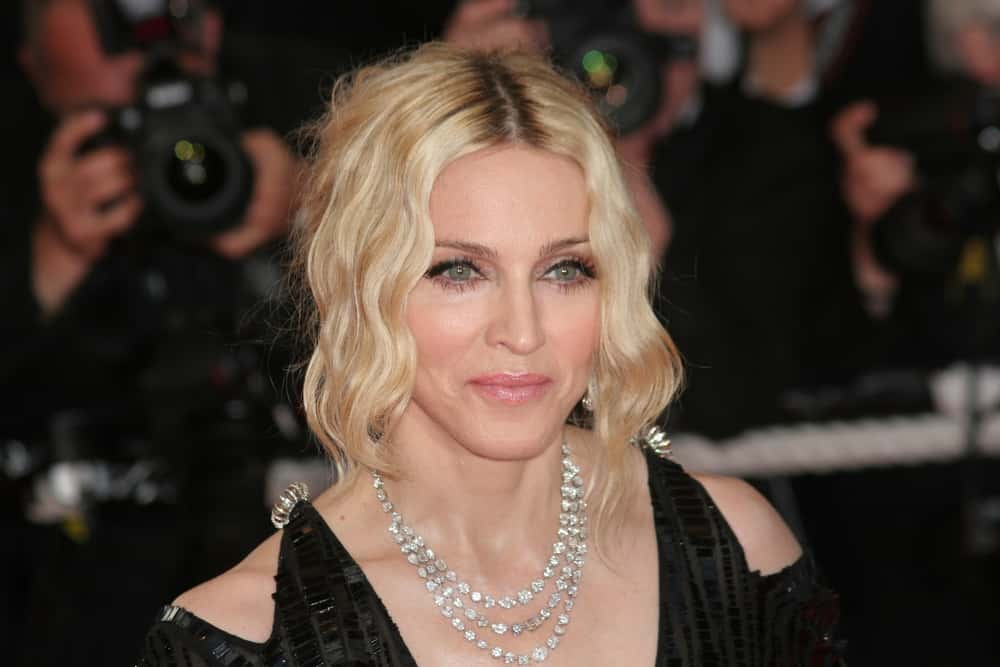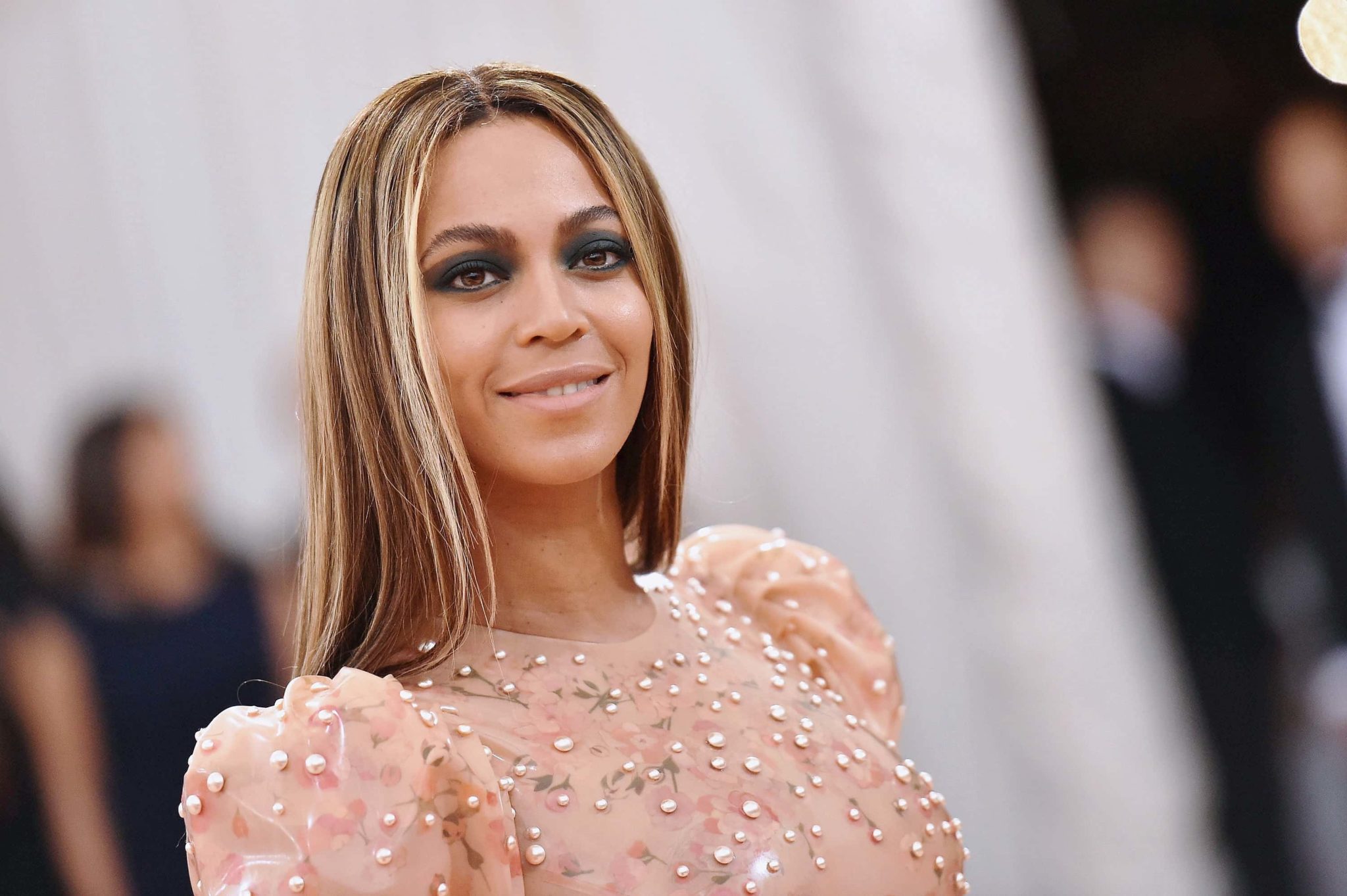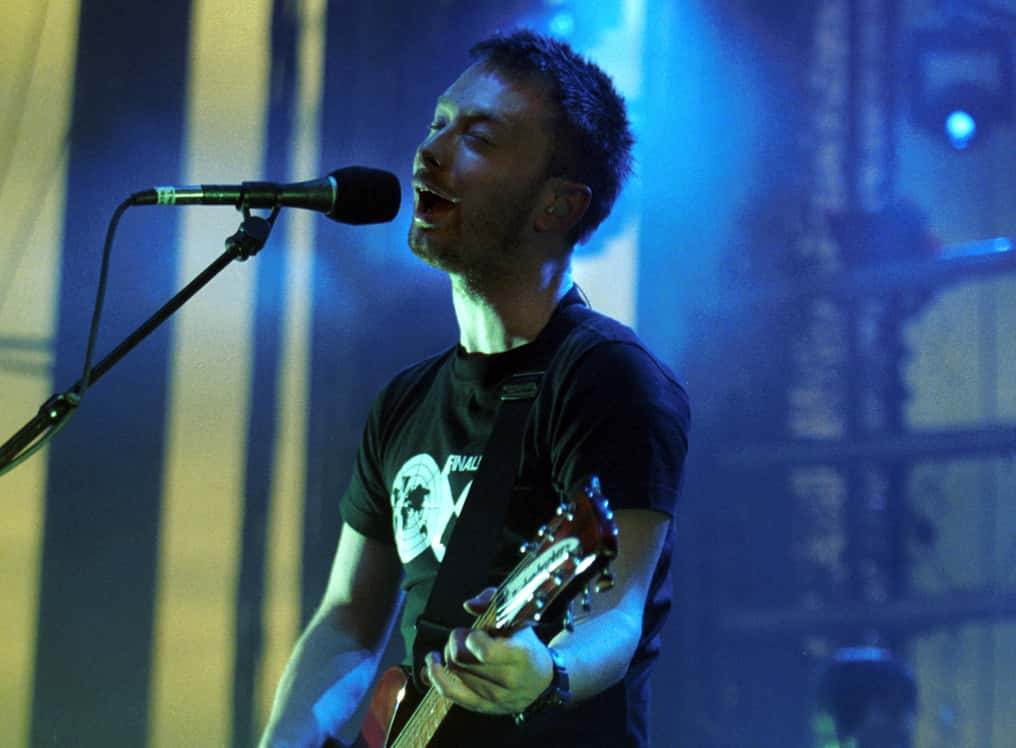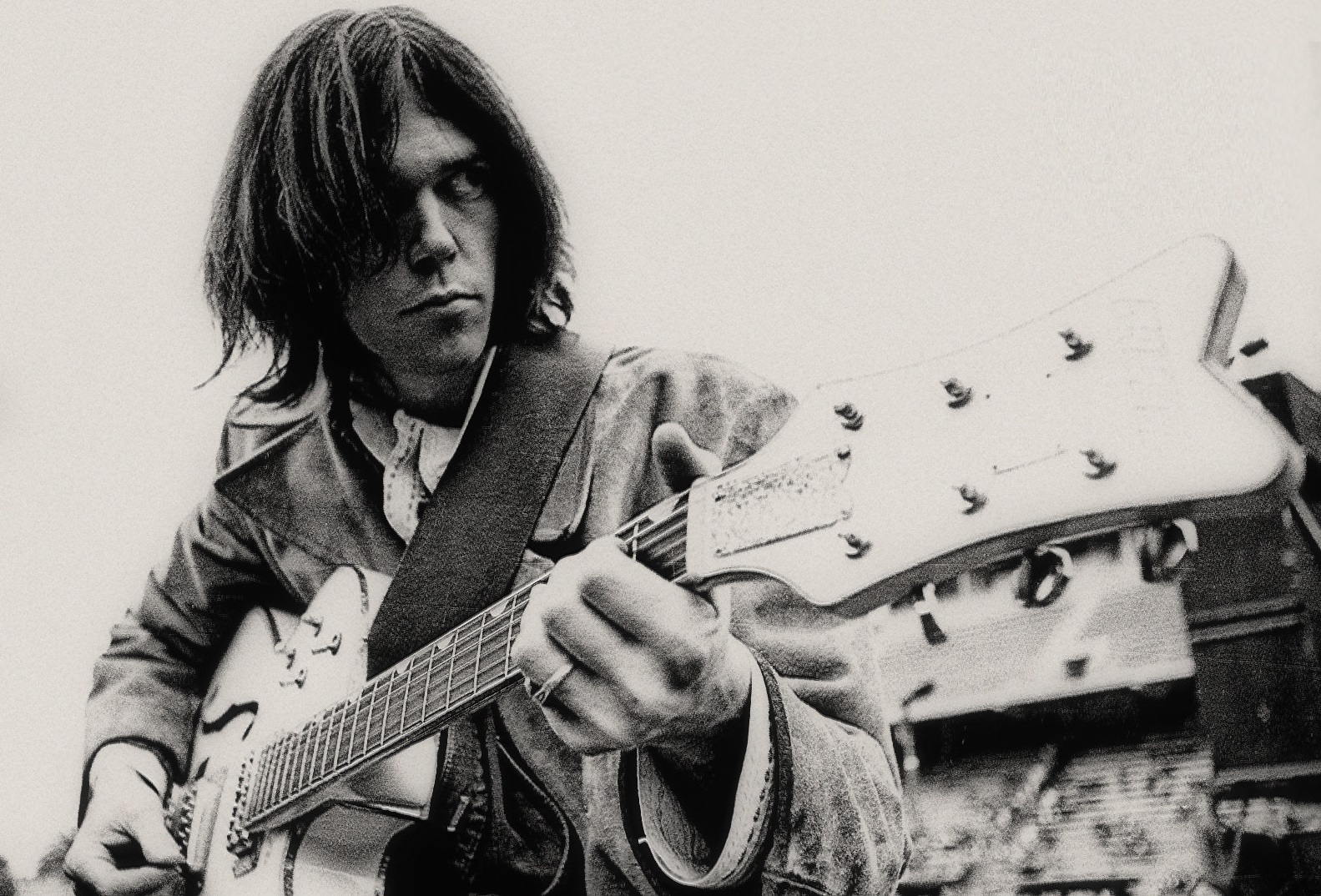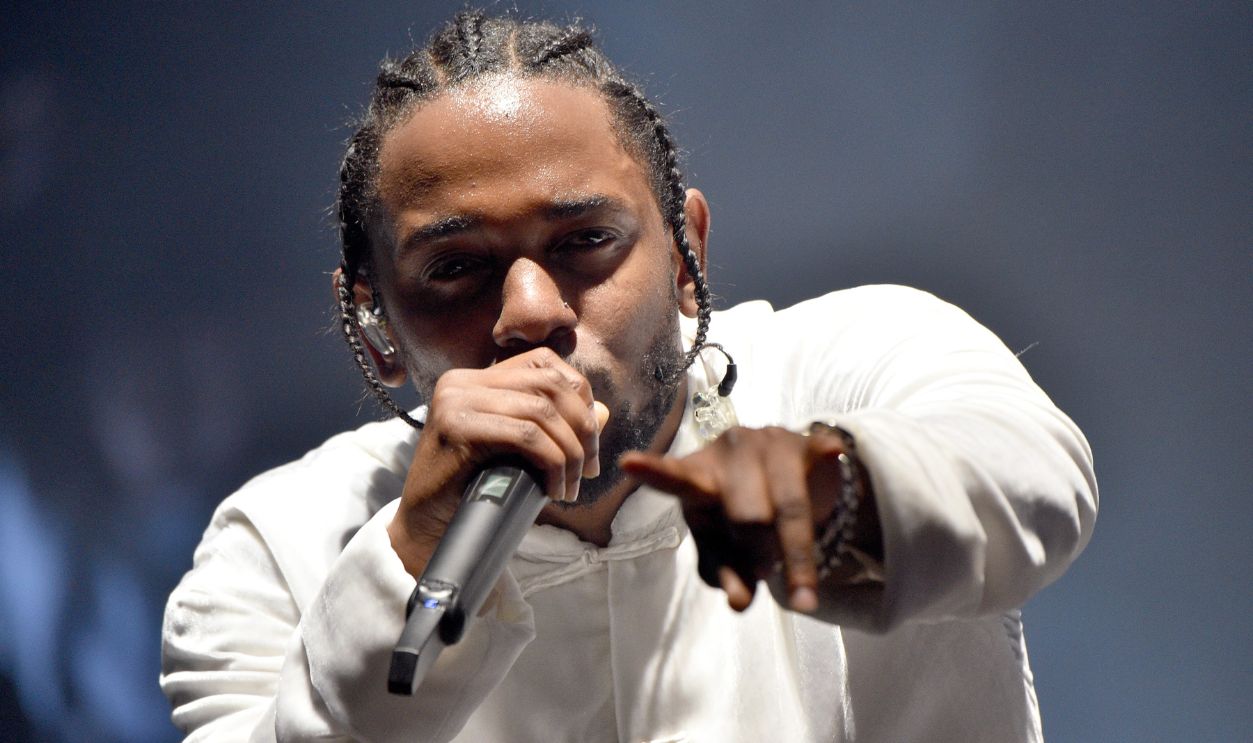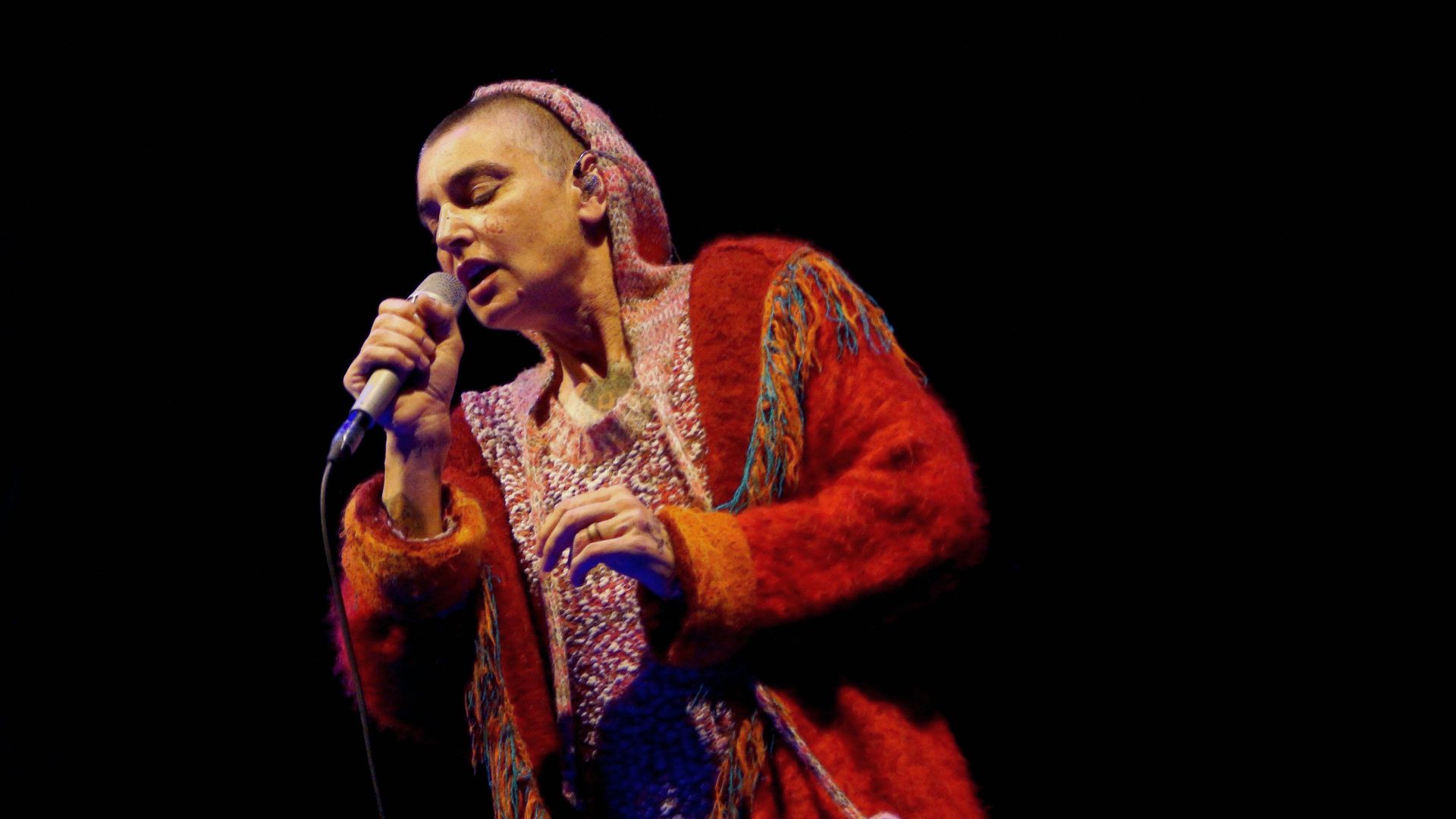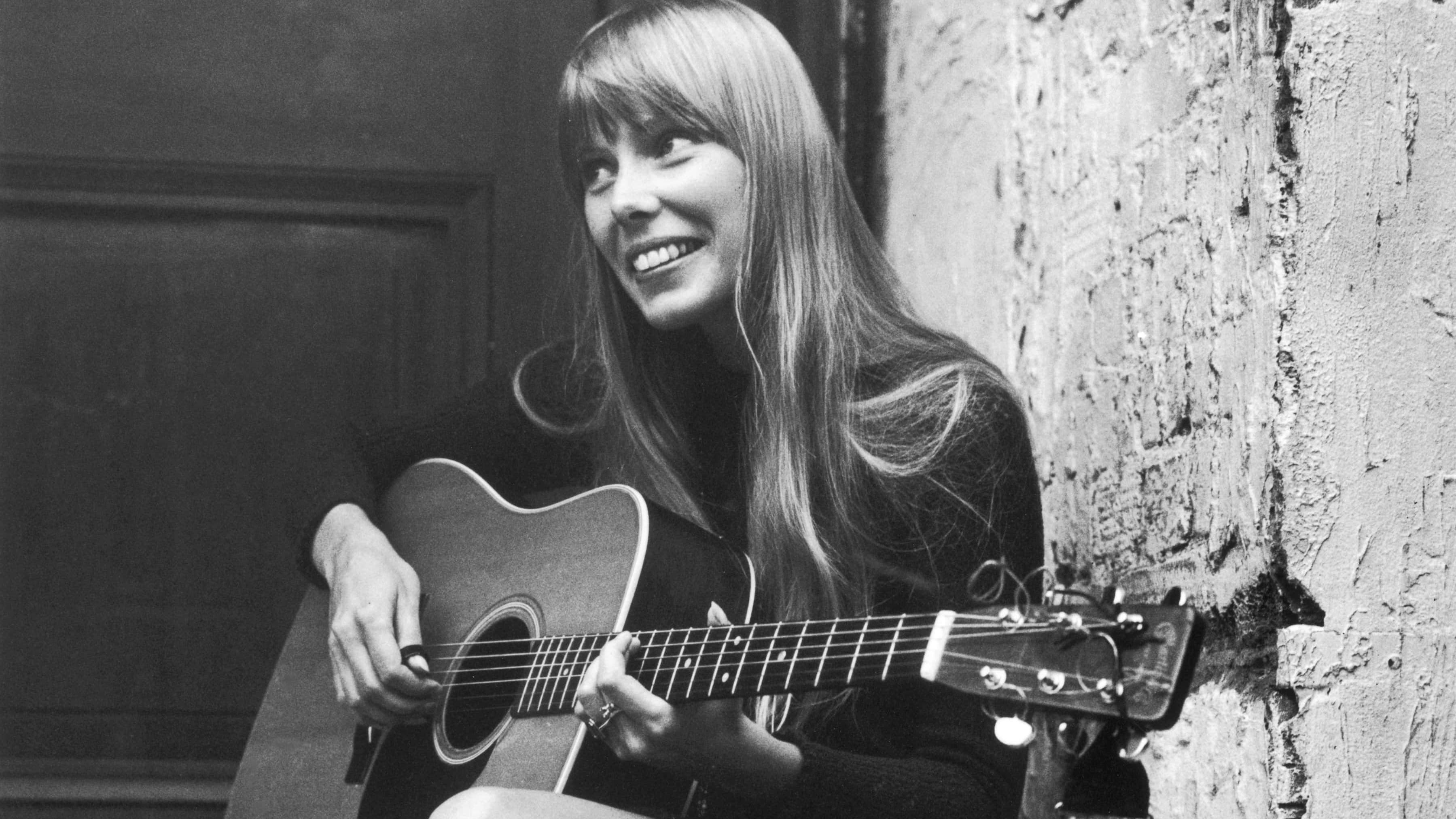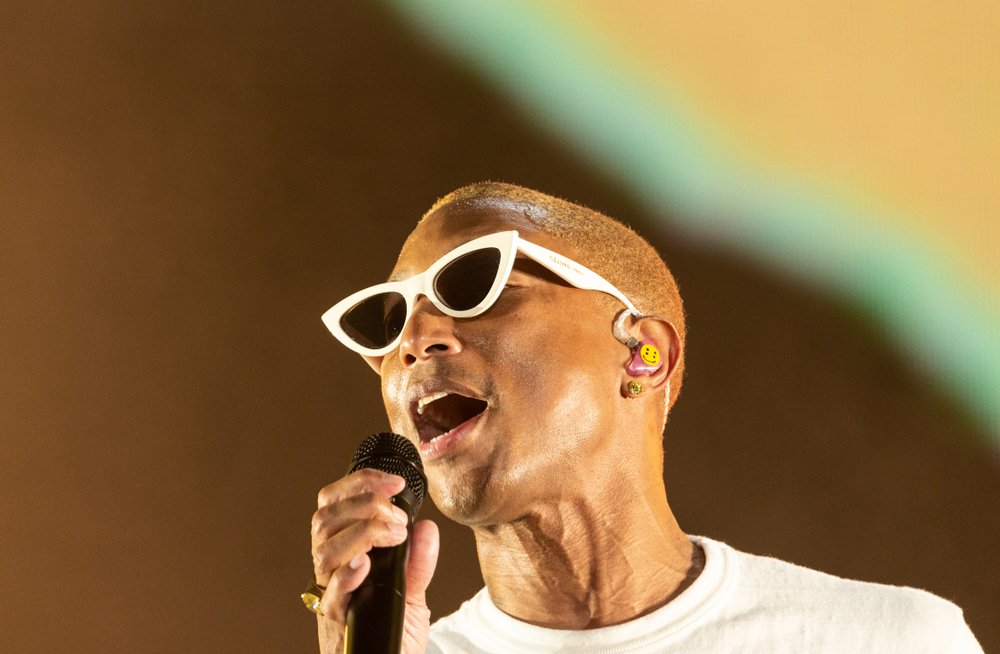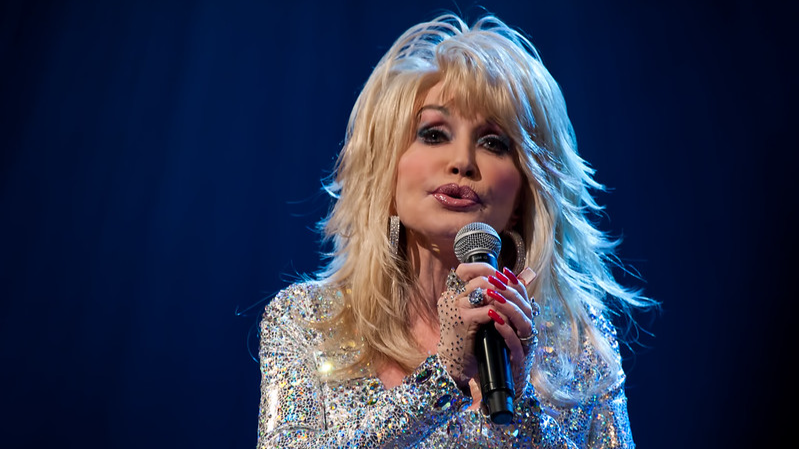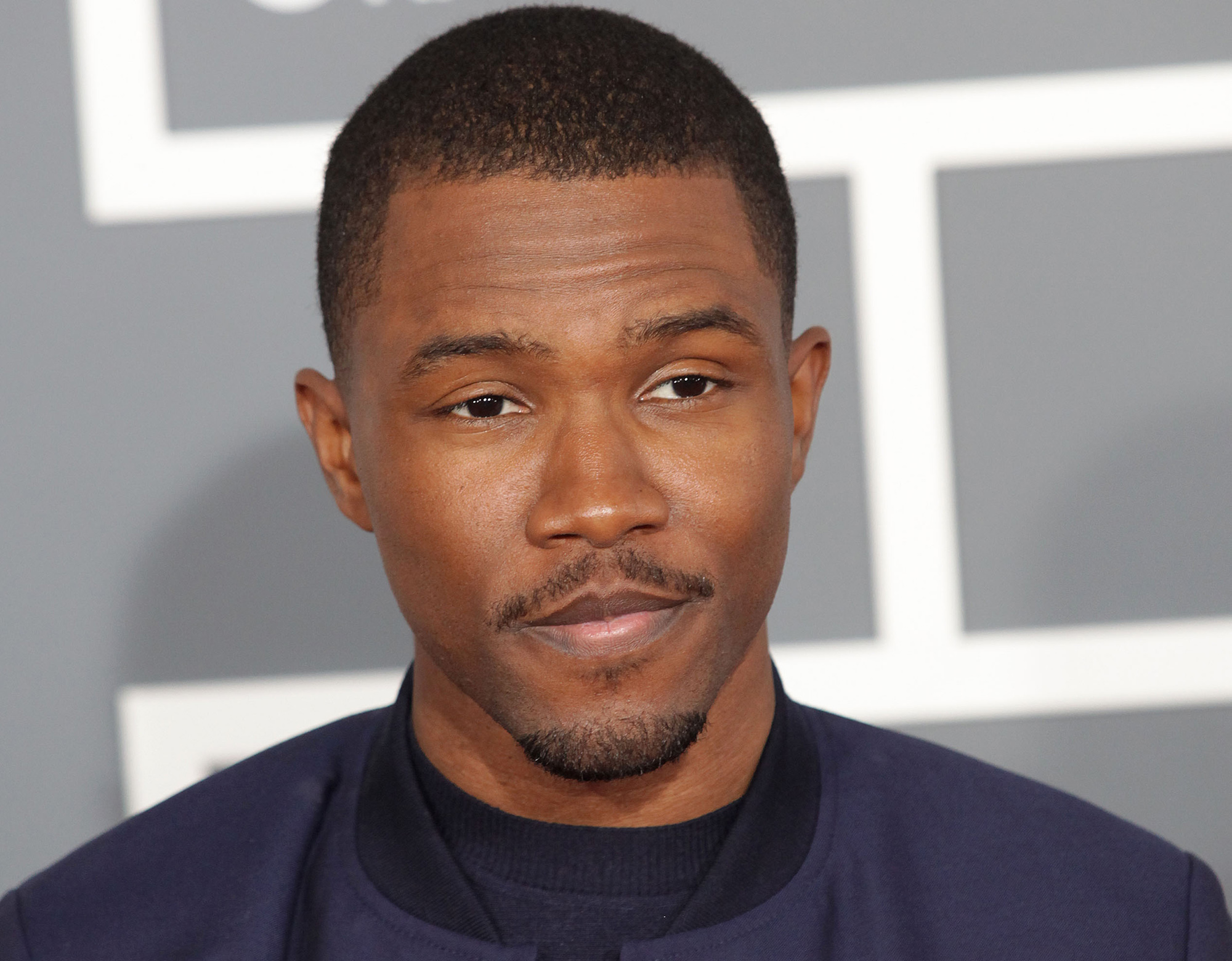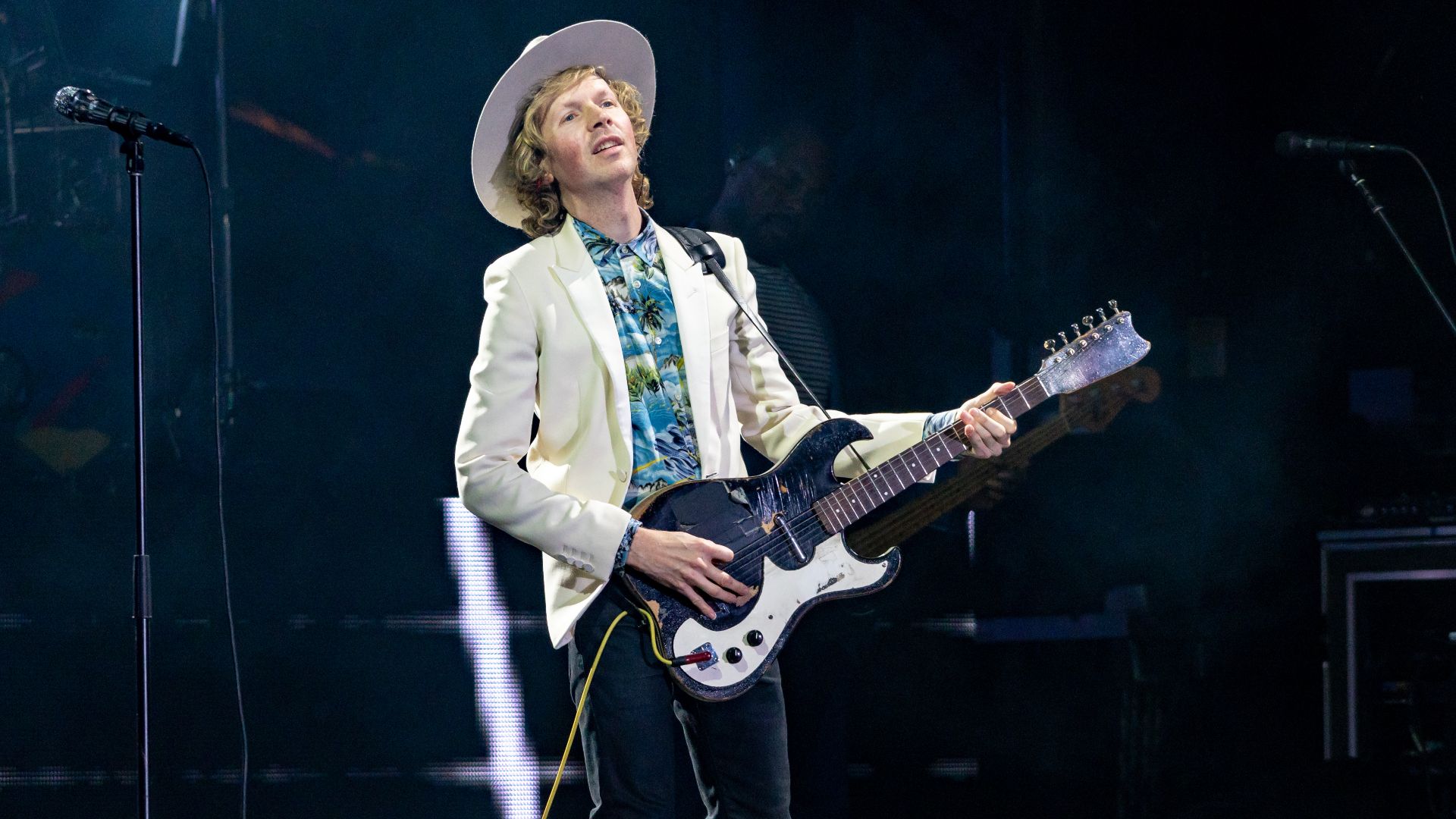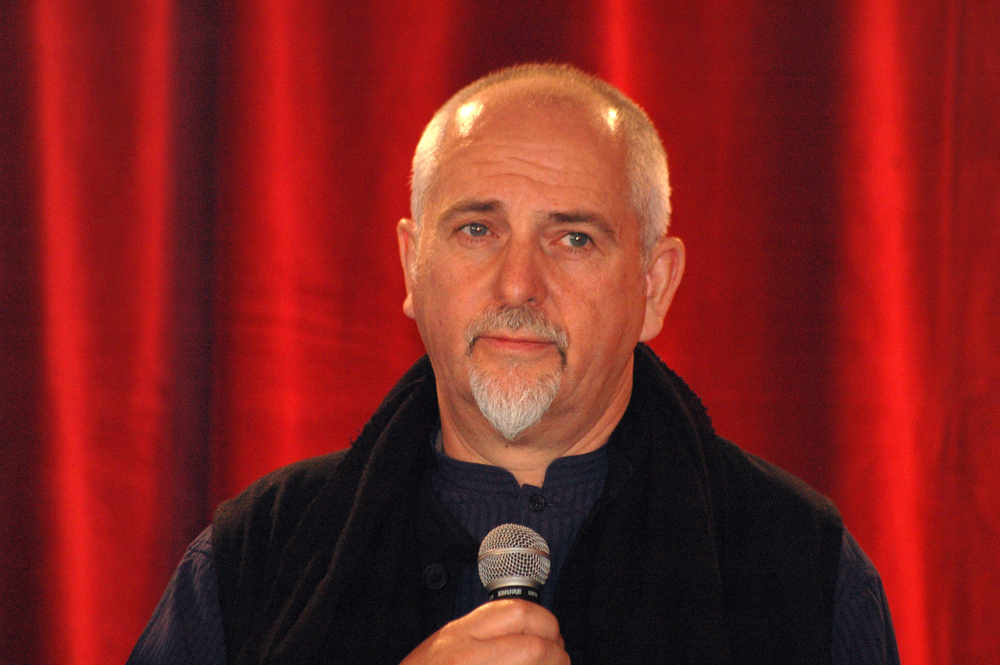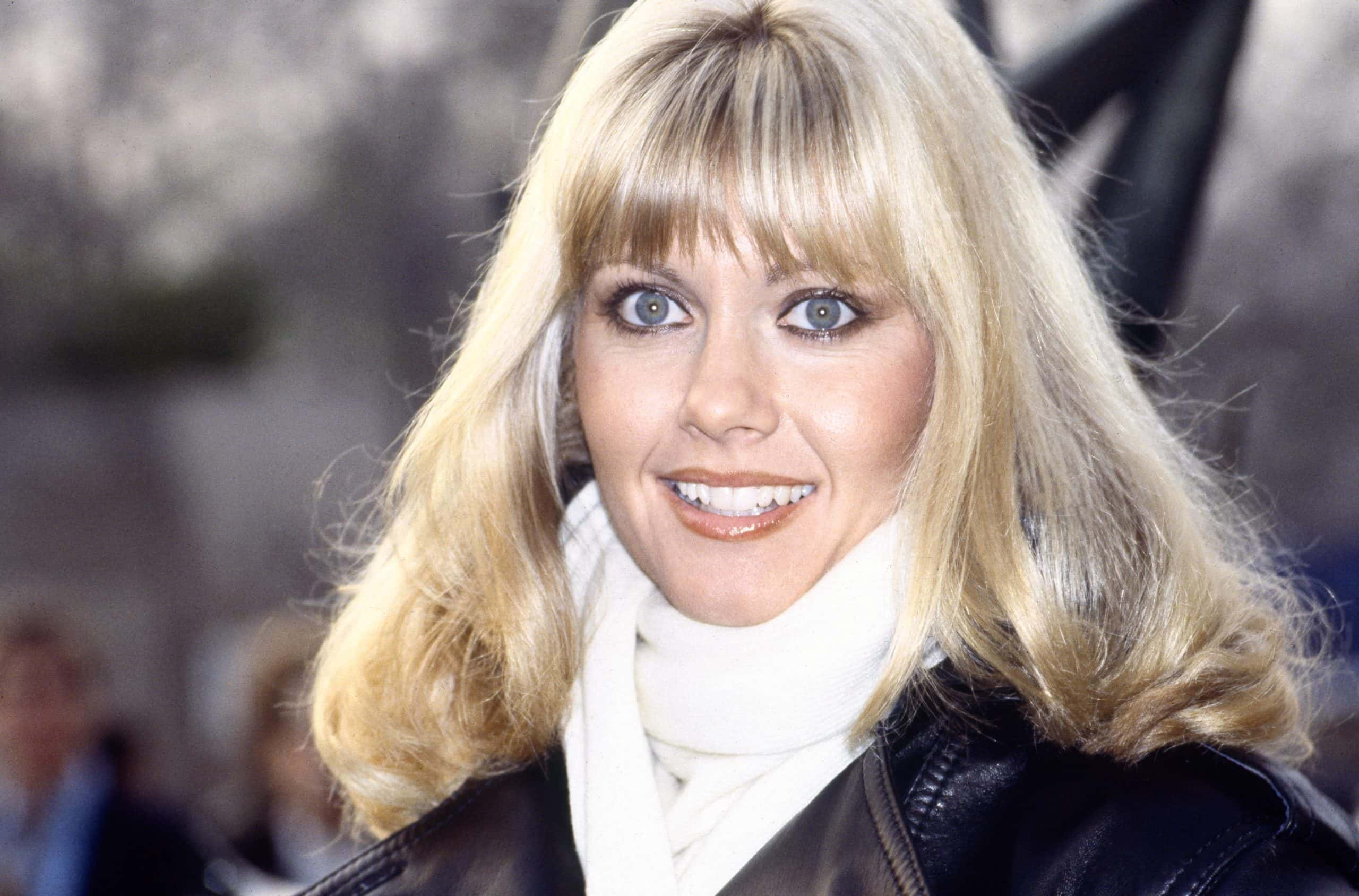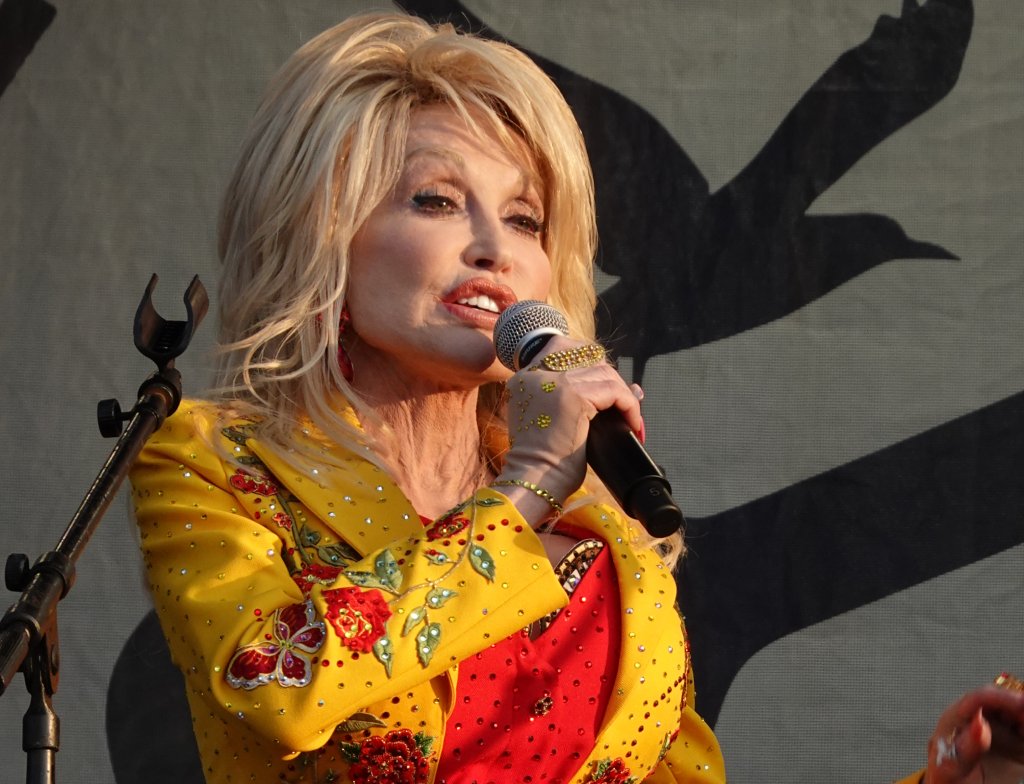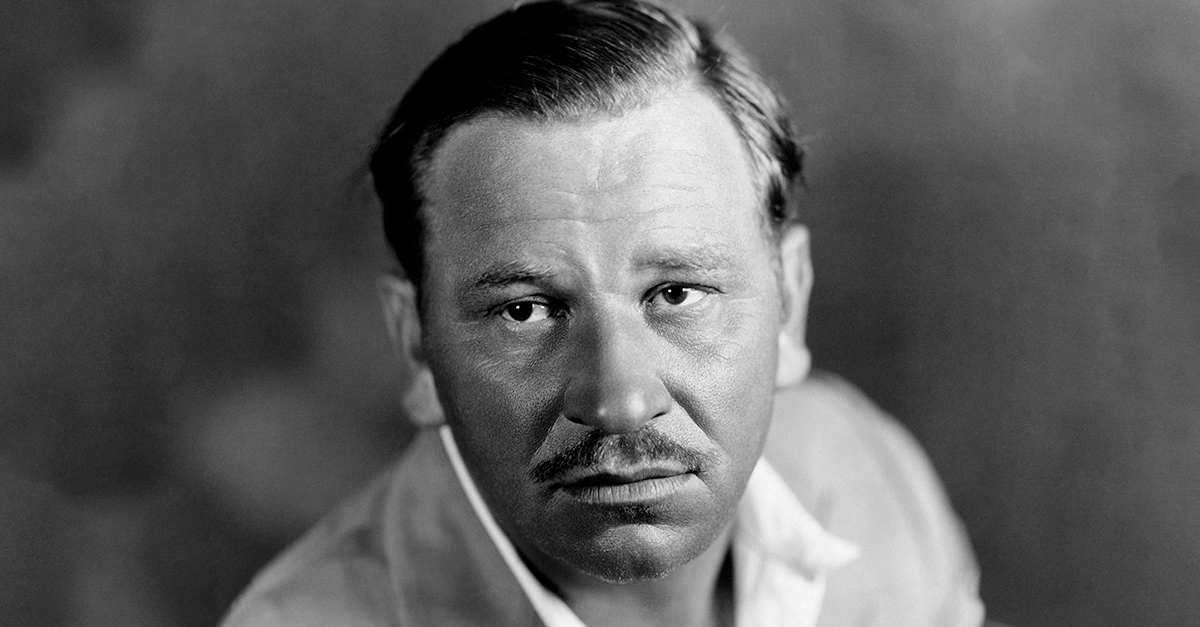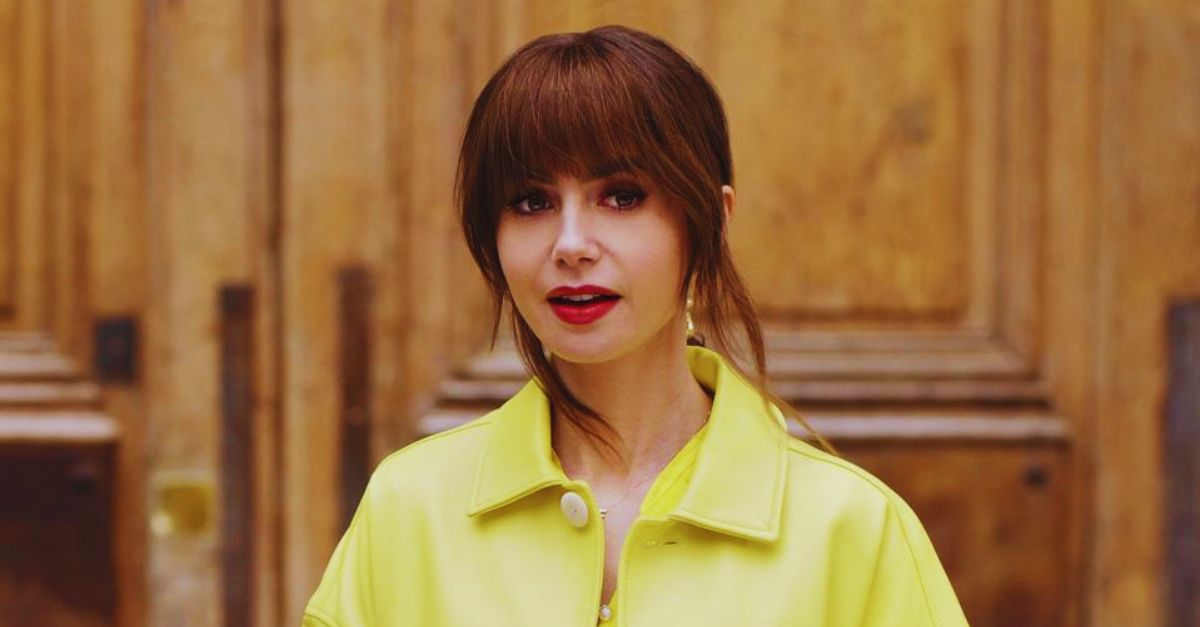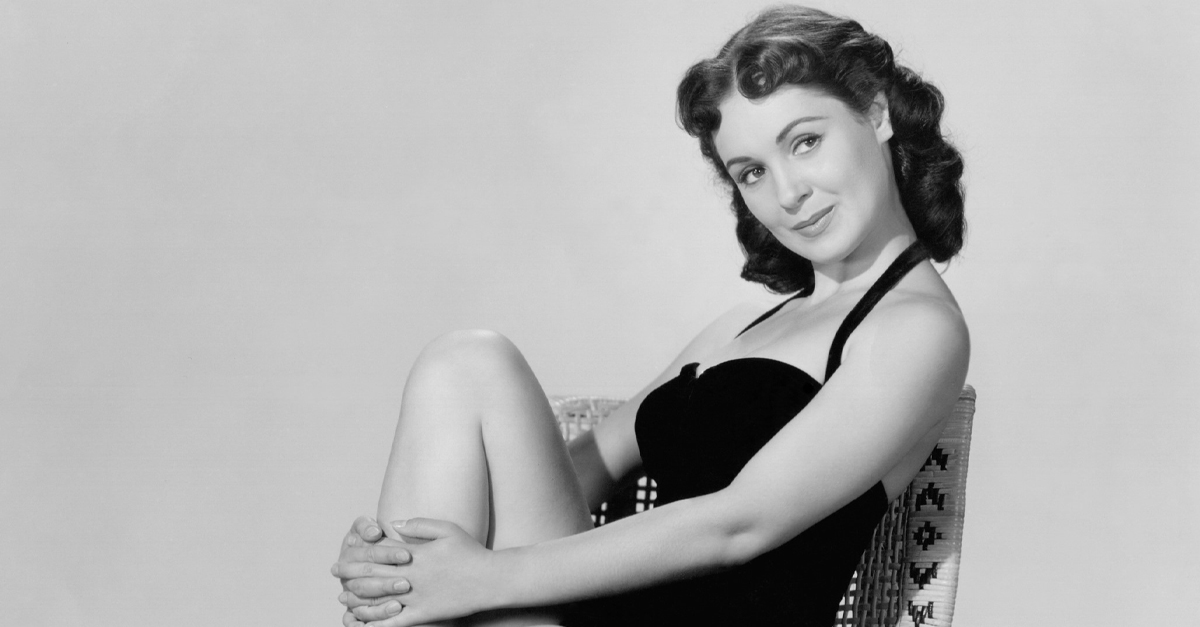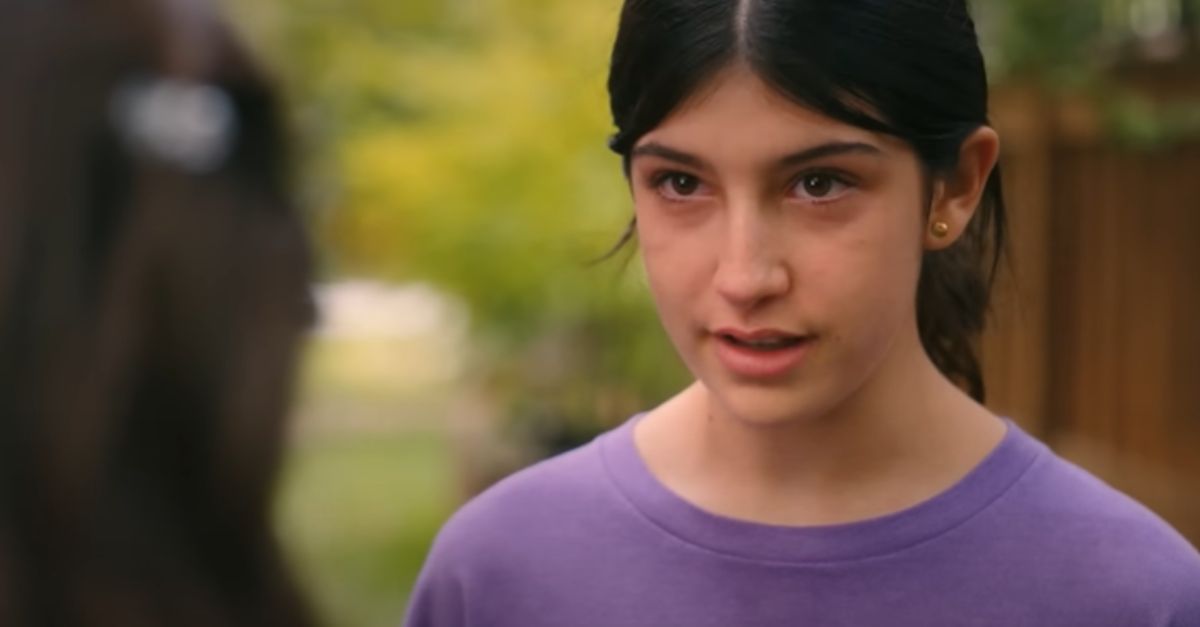We Love A Shapeshifting Artist
Across art, music, and performance, a few rare creators manage not just to evolve, but to transform entirely. These are the artists who turned their backs on one version of themselves and emerged as someone new, surprising audiences, defying expectations, and often forging entirely new legacies.
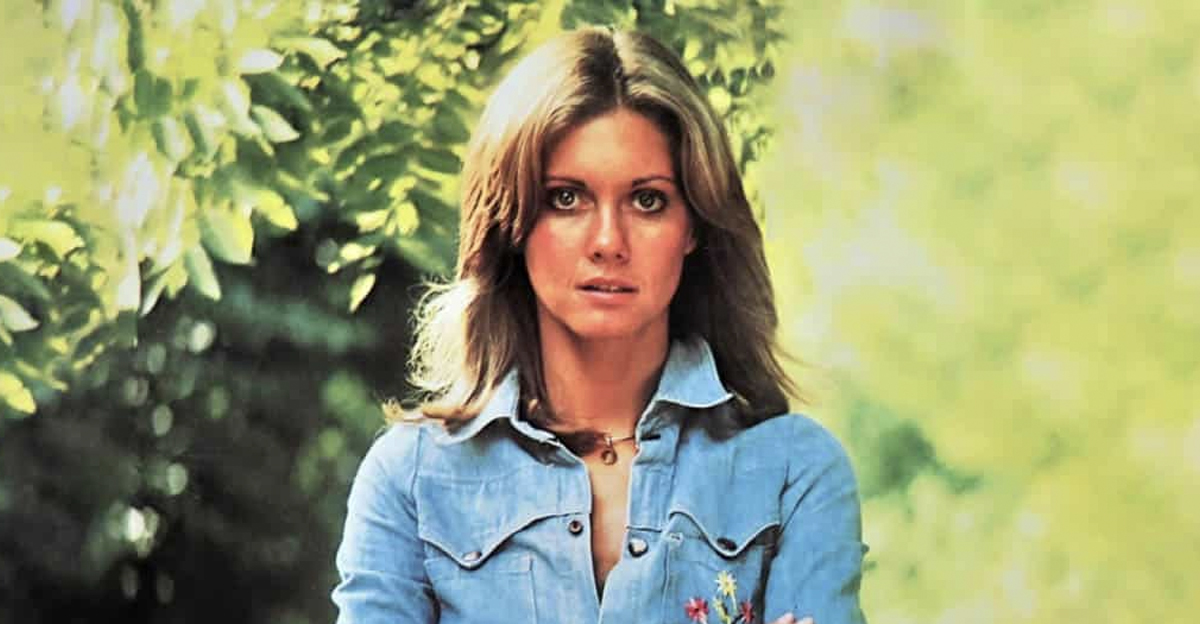
David Bowie / Ziggy
David Bowie famously shed skin repeatedly: from Ziggy Stardust to the Thin White Duke to Berlin-era experimentalist, he embraced persona, genre shifts, and new styles throughout. His reinventions became central to his identity.
 Michael Ochs Archives, Getty Images
Michael Ochs Archives, Getty Images
Prince / The Artist Formerly Known as Prince
Prince changed names, images, and musical directions (funk, pop, rock, R&B) and even temporarily used a glyph instead of a name to protest record contracts. His metamorphoses were acts of both art and assertion.
Bob Dylan
Starting as a folk singer, famously went electric, embraced country, gospel, and even rock-blues-Jazz hybrid territory, often bewildering fans but continually redefining what he could be. His transformations remain legendary.
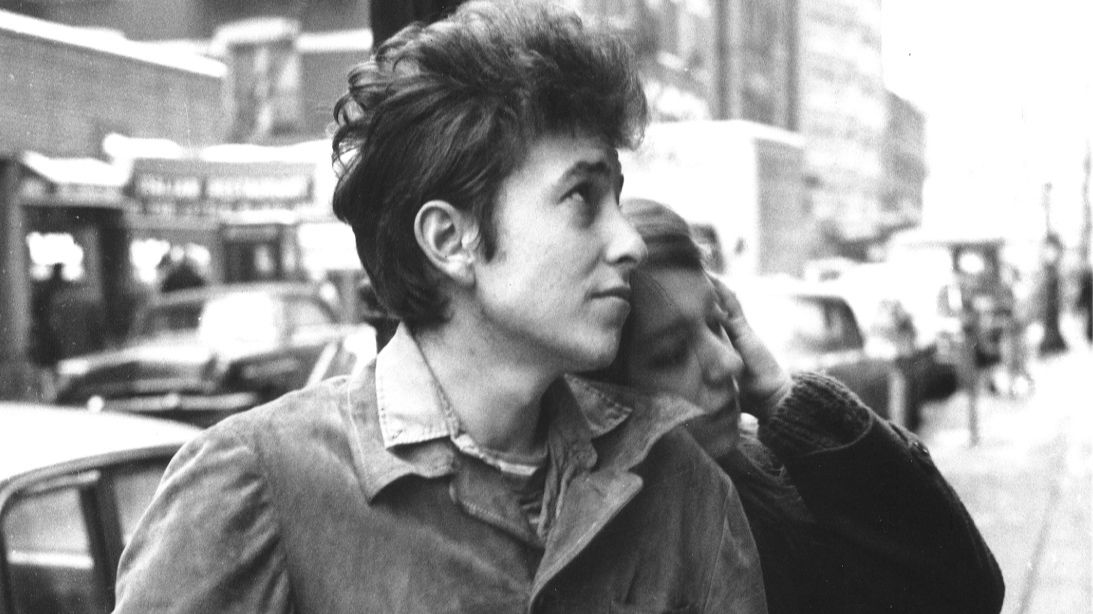 Michael Ochs Archives, Getty Images
Michael Ochs Archives, Getty Images
Madonna
Madonna’s career is built on reinvention: from ’80s pop ingénue to ‘Vogue’-era club queen, to spiritual seeker, to film actress, to introspective singer‑songwriter. Each era reinvents her image and sound anew.
Beyoncé
From Destiny’s Child lead vocalist to solo pop/R&B queen, then to boundary-pushing visual albums (such as Lemonade), and socially conscious work, Beyoncé combines reinvention with control and narrative.
Taylor Swift
Taylor Swift began as a country prodigy, then pivoted to mainstream pop with 1989, later exploring indie/folk on Folklore and Evermore, then back to pop with Midnights, and beyond. Each pivot feels bold and organic.
Every time she changes up the era, Swift sparks conversation and criticism. This includes her most recent album release, The Life of a Showgirl.
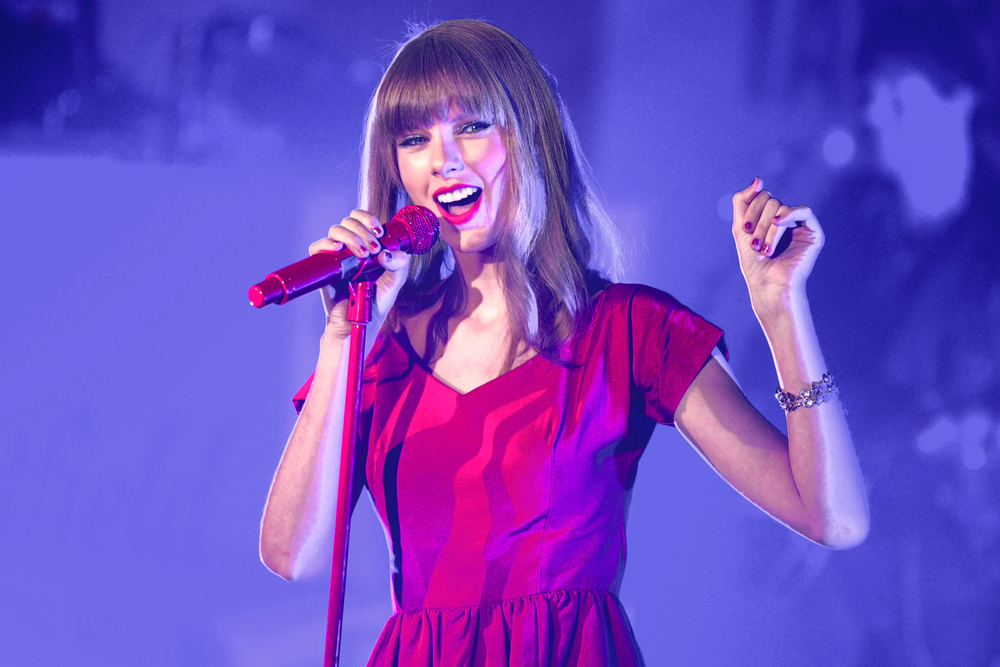 Featureflash Photo Agency, Shutterstock
Featureflash Photo Agency, Shutterstock
Radiohead
After Pablo Honey’s alt‑rock sound, Radiohead transformed on OK Computer and Kid A into experimental, electronic, ambient rock. They repeatedly defied expectations over each subsequent album.
The Beatles
The Beatles began with pop simplicity but by the mid‑’60s had stretched into psychedelic, studio‑experiment, Indian music, avant-garde textures (for example, Sgt. Pepper and Revolver). Their growth was rapid and radical—and ultimately, unmatched.
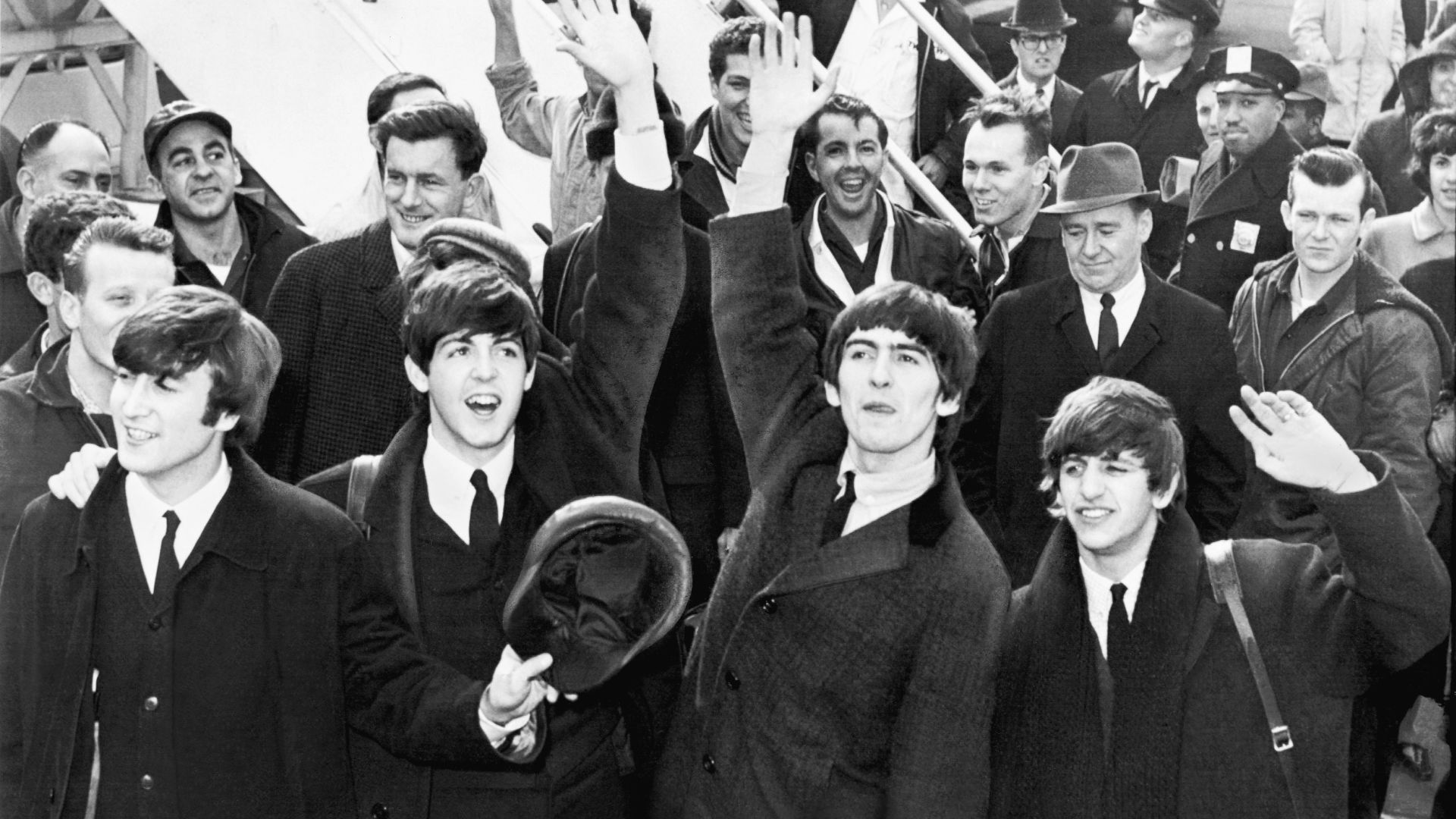 United Press International, photographer unknown, Wikimedia Commons
United Press International, photographer unknown, Wikimedia Commons
Johnny Cash (American IV era)
Johnny Cash, already a legend, underwent a late‑career reinvention working with Rick Rubin. His stark covers and raw voice introduced him to new generations with American albums.
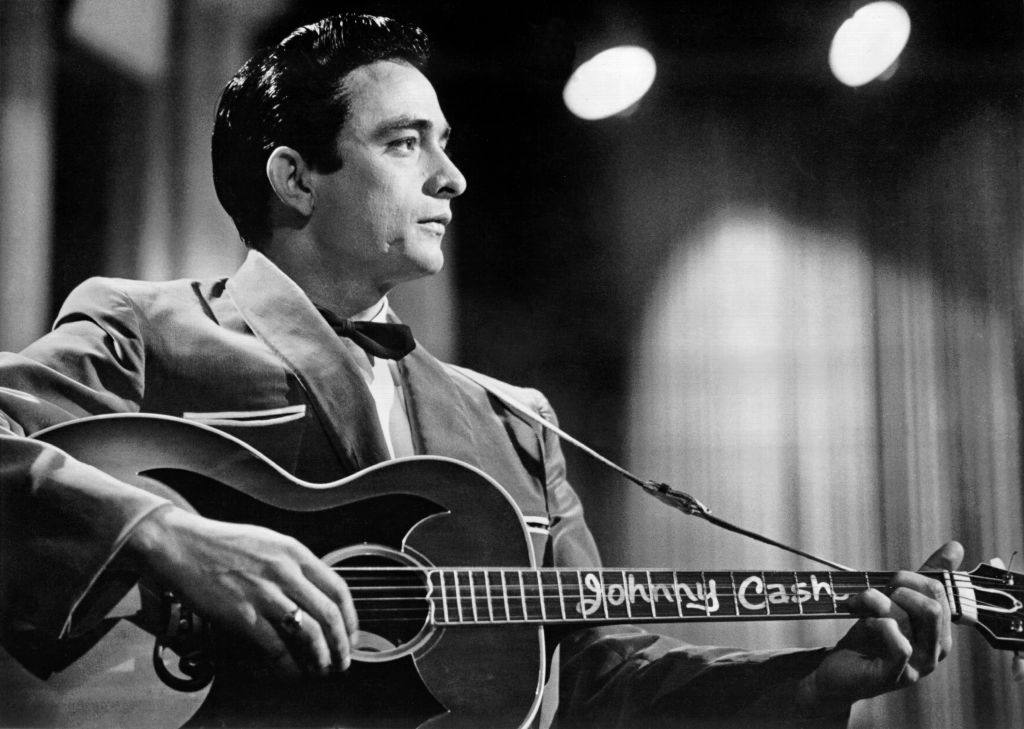 Michael Ochs Archives, Getty Images
Michael Ochs Archives, Getty Images
Neil Young
Neil Young shifts between acoustic folk, grunge-era guitar, pure electronic, and experimental noise. He never stayed in one lane, refusing to be pinned down even by fans who preferred a particular era.
Kendrick Lamar
Kendrick’s early work leaned toward gangsta rap; over time, his sound has incorporated jazz, spoken word, funk, and abstract production (for example, To Pimp a Butterfly), redefining not just himself, but storytelling in modern hip-hop.
In 2018, Lamar won the Pulitzer Prize for Music, which was the first time a rap artist had received the award.
Sinead O’Connor / Shuhada’ Sadaqat
Sinead O’Connor changed her name to Shuhada’ Sadaqat, shifted her musical voice across folk, spiritual, and protest singing. Her evolution reflected personal and spiritual journeys as much as musical ones. O'Connor never shied away from getting controversial or challenging the way the world saw her.
Miley Cyrus
Miley Cyrus has been in this business a long time. She evolved from Disney star Hannah Montana to provocative pop (for example, Bangerz) to more mature rock and folk‑pop in later albums. Her transformations often challenged public expectations and taboos.
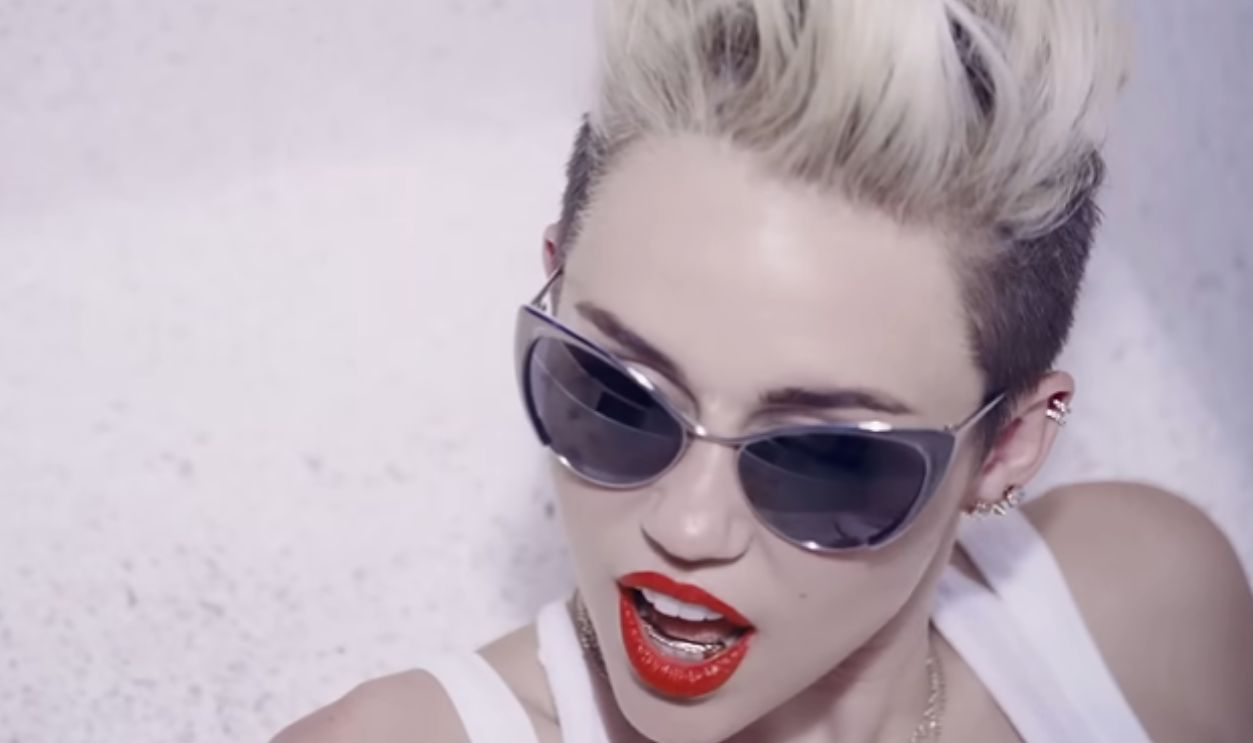 Miley Cyrus - We Can't Stop (Official Video), Miley Cyrus
Miley Cyrus - We Can't Stop (Official Video), Miley Cyrus
Joni Mitchell
Joni Mitchell began in folk, then moved into jazz, orchestral arrangements, even funk and rock over her career. Her shifts in harmonic language and instrumentation changed how she could express herself.
Pharrell Williams
Pharrell has moved between roles as hip-hop producer, solo pop artist, EDM collaborator, fashion icon, and multimedia creative. His brand reinvents itself as much as his music.
Nick Cave
Nick Cave went from post-punk and gothic rock, to minimal piano ballads, to narrative concept albums blending prose, blues, gospel and existential themes. He has continuously reformed his creative persona.
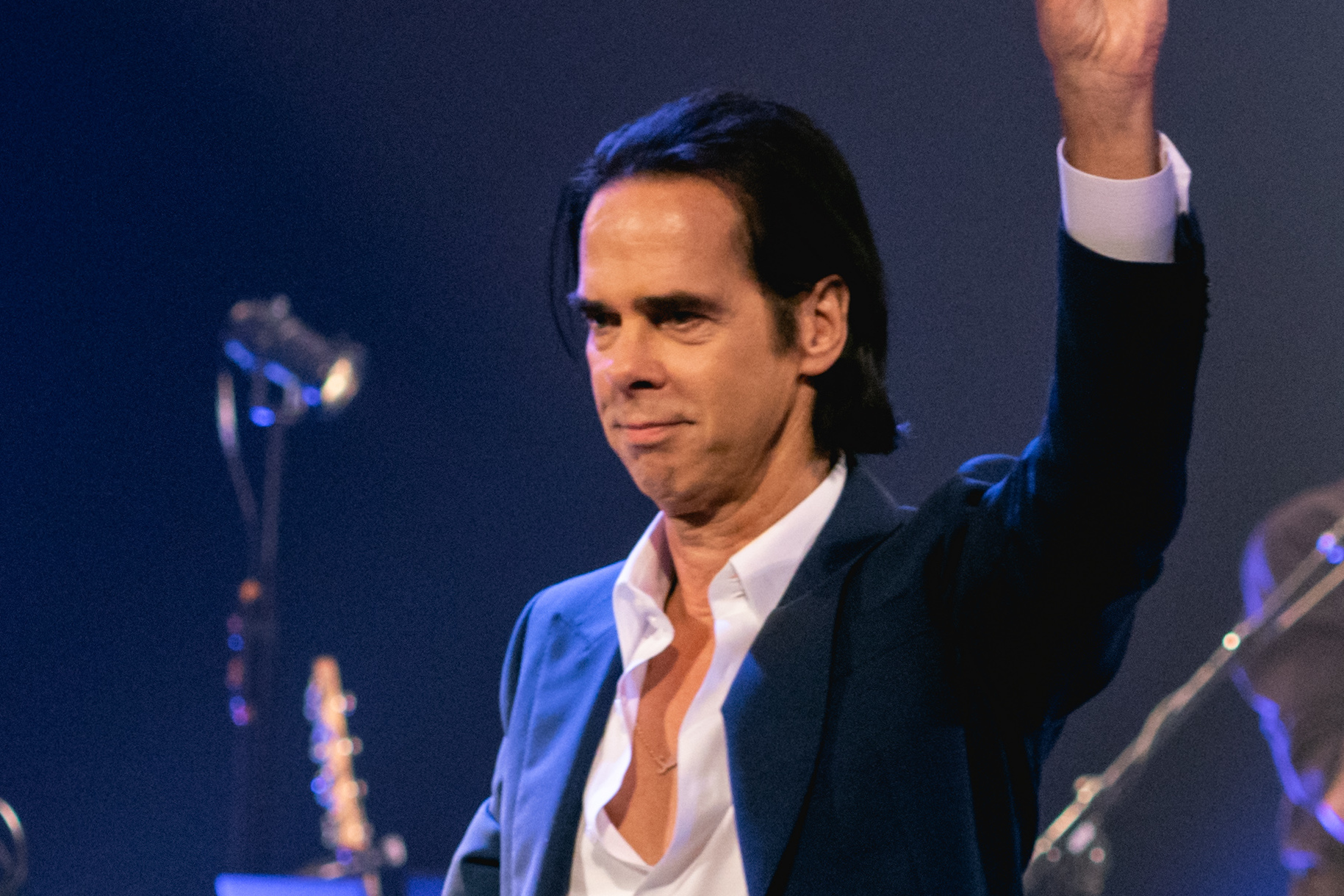 Raph_PH, CC BY 2.0, Wikimedia Commons
Raph_PH, CC BY 2.0, Wikimedia Commons
Dolly Parton
Dolly Parton embraced country roots early, then flirted with pop crossover, rock, and even roles in film and television. She has navigated reinvention while maintaining her central identity and voice.
David Byrne
Talking Heads’ frontman David Byrne pivoted from arty new wave to solo, world music, theatrical performance, installations, and film scoring, leaving behind any rigid musical pigeonhole.
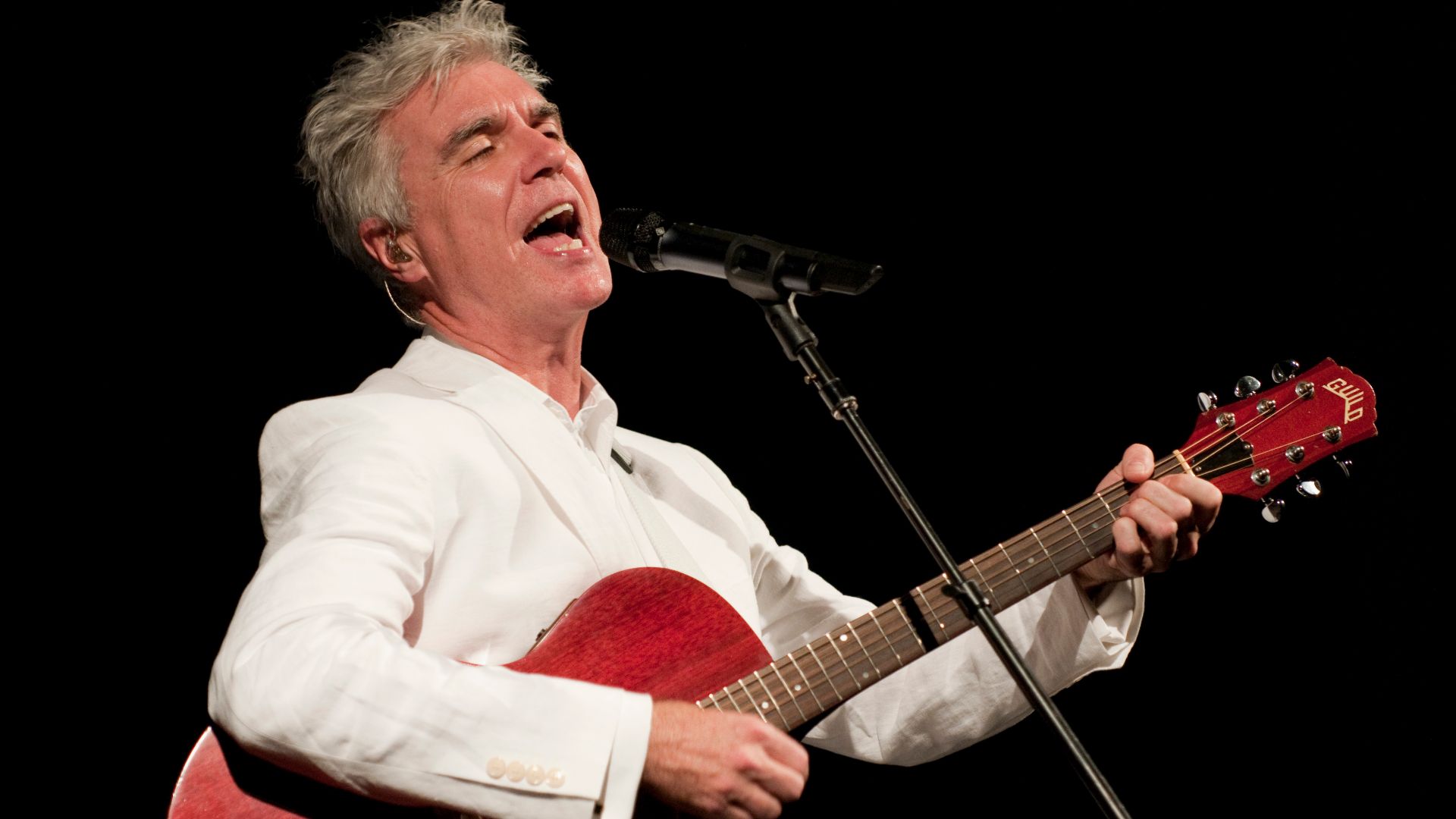 livepict.com, Wikimedia Commons
livepict.com, Wikimedia Commons
St. Vincent (Annie Clark)
St. Vincent went from guitar‑driven indie rock to avant pop, embracing digital textures, theatrical vocals, electronic experiments in Masseduction and beyond—always keeping the vision unpredictable.
 Constanza Gajardo L., Wikimedia Commons
Constanza Gajardo L., Wikimedia Commons
Lady Gaga
Before she was Lady Gaga, she was a young girl named Stefanie Germanotta. After breaking into the music industry, Lady Gaga dipped her toes into edgy dance-pop. Later, she transformed into a jazz collaborator (Cheek to Cheek with Tony Bennett), country crossover (Joanne), and orchestral/stripped-back work (A Star Is Born).
She leans into reinvention, and has proved to be just as impressive as an actress as she is as a musician.
 Warner Bros. Pictures, A Star Is Born (2018)
Warner Bros. Pictures, A Star Is Born (2018)
Chris Cornell
As frontman of Soundgarden, then Audioslave, then solo folk-rock and acoustic explorations, Chris Cornell moved between grunge/metal and deeply vulnerable singer-songwriter work.
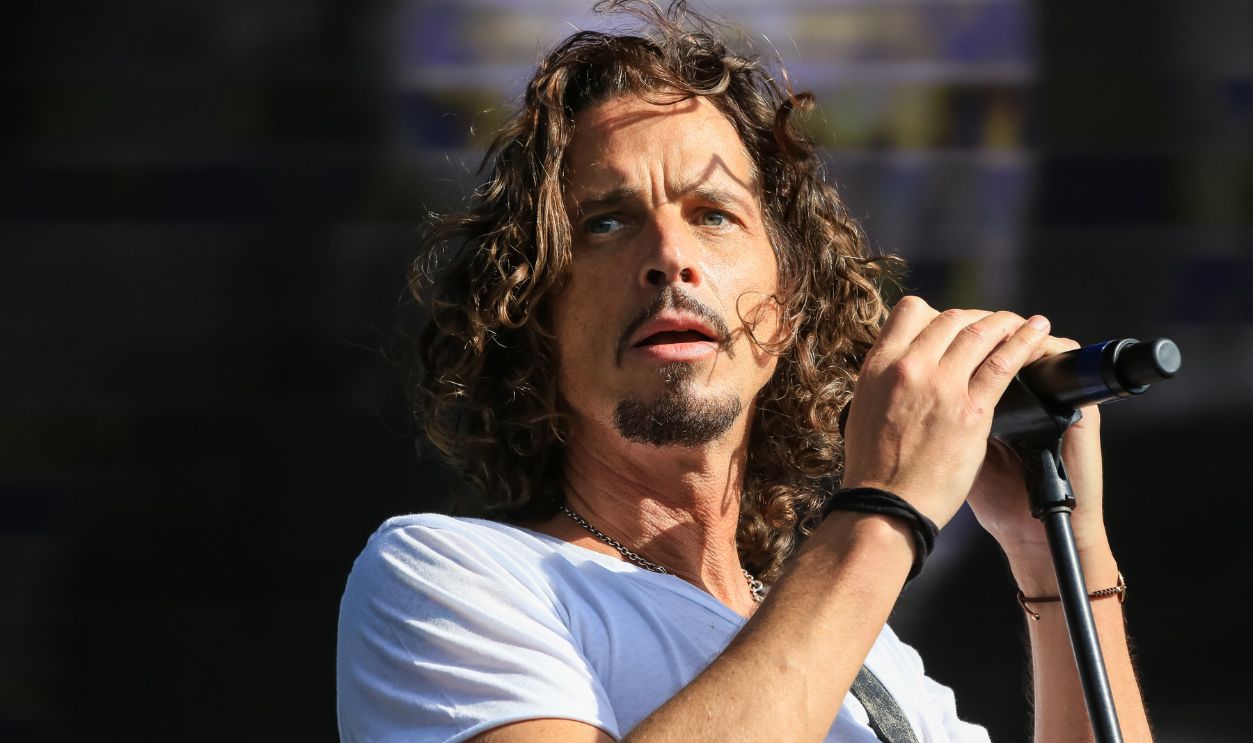 Christie Goodwin, Getty Images
Christie Goodwin, Getty Images
PJ Harvey
PJ Harvey has shifted from raw alternative rock to dark blues, to atmospheric art-rock, to introspective piano and orchestral work. Each album often feels like a new version of her creative self.
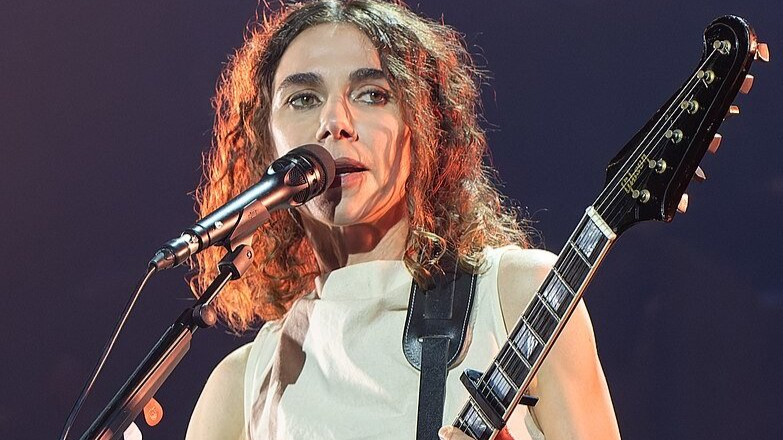 Raph_PH, CC BY-SA 2.5, Wikimedia Commons
Raph_PH, CC BY-SA 2.5, Wikimedia Commons
Frank Ocean
Frank Ocean debuted with R&B and soul, then, in Blonde, he moved into experimental, ambient, poetic spaces, fragmenting structure and expectation. He reinvented what a modern R&B artist could be.
Sia
Sia started under her full name, performing acoustic pop, moved into dance-pop and big productions, then reoriented to obscure her face, reinventing herself as an enigmatic writer/performer behind wigs and masks.
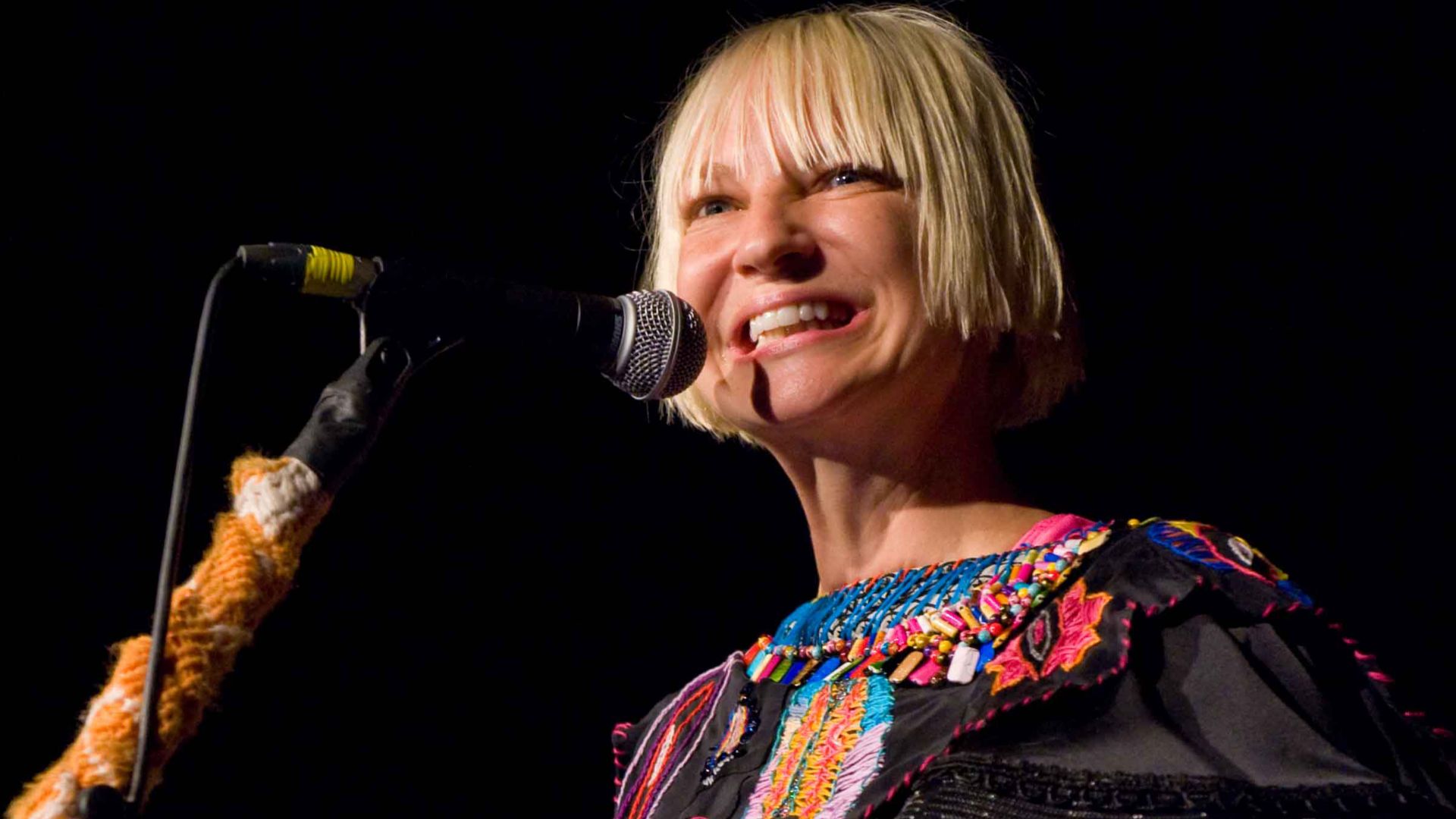 (Kirk Stauffer), Wikimedia Commons
(Kirk Stauffer), Wikimedia Commons
Beck
Beck’s early sound was slacker alt-folk; then he dived into hip-hop, lo-fi, psychedelia, Americana, folk, electronic, and more—his sonic identity is intentionally variable and always reinventing.
Christina Aguilera
Christina Aguilera moved from teen pop to more mature soul, jazz tribute (Back to Basics), then retro soul, then back to introspective pop. She refuses to stay static.
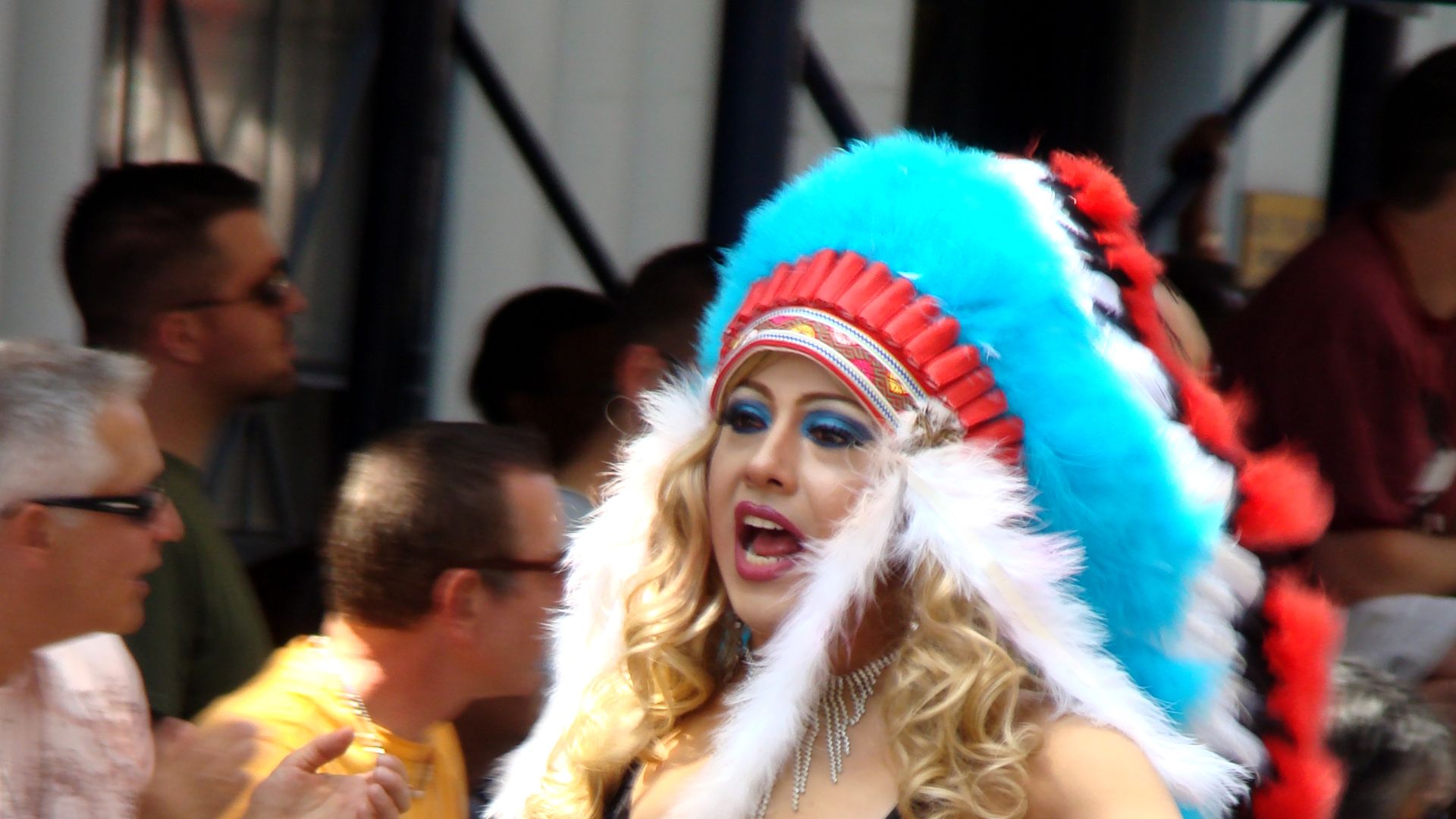 istolethetv, Wikimedia Commons
istolethetv, Wikimedia Commons
Peter Gabriel
After leaving Genesis, Gabriel embraced world music, ambient soundscapes, industrial pop, and visual performance. His albums often represent new eras of his worldview and sound.
Björk
Björk has often confounded mainstream audiences—and she likes it that way. She went from alternative Icelandic bands to solo avant-pop, then into orchestral, electronica, and experimental multimedia. Her persona and sound shift unpredictably and boldly.
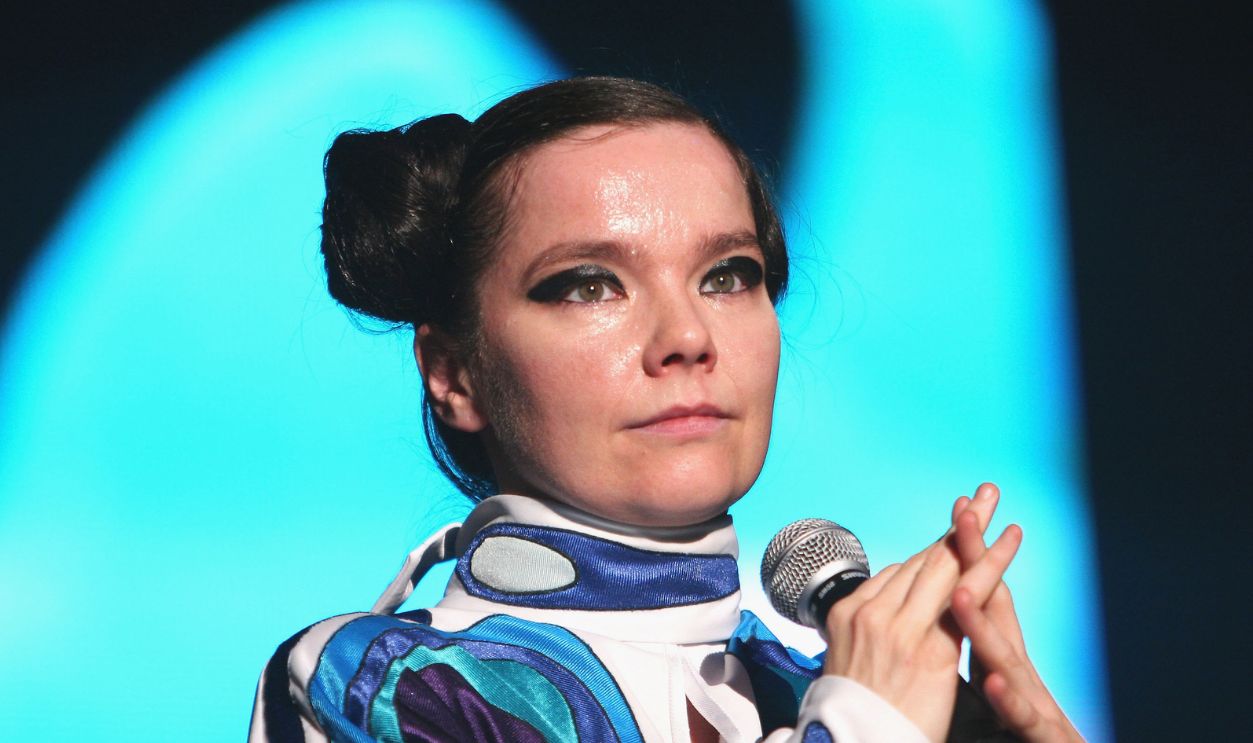 Koichi Kamoshida, Getty Images
Koichi Kamoshida, Getty Images
Olivia Newton-John
Olivia Newton-John evolved from country-pop sweetheart to movie star and pop icon with Grease, then redefined herself again with the bold, fitness-inspired image of the Physical era. Her transformations showed her adaptability across decades of entertainment.
Reinvention As Identity
Reinvention isn’t just about change—it’s about authorship. These artists didn’t simply shift superficially; they turned reinvention into a tool for storytelling, self-exploration, and artistic survival. Their transformations remind us: an artist doesn’t have to be one thing forever.
You May Also Like:
Iconic Songs That Turn 30 This Year
The Best Songs From Animated Movies, According To Fans


